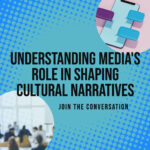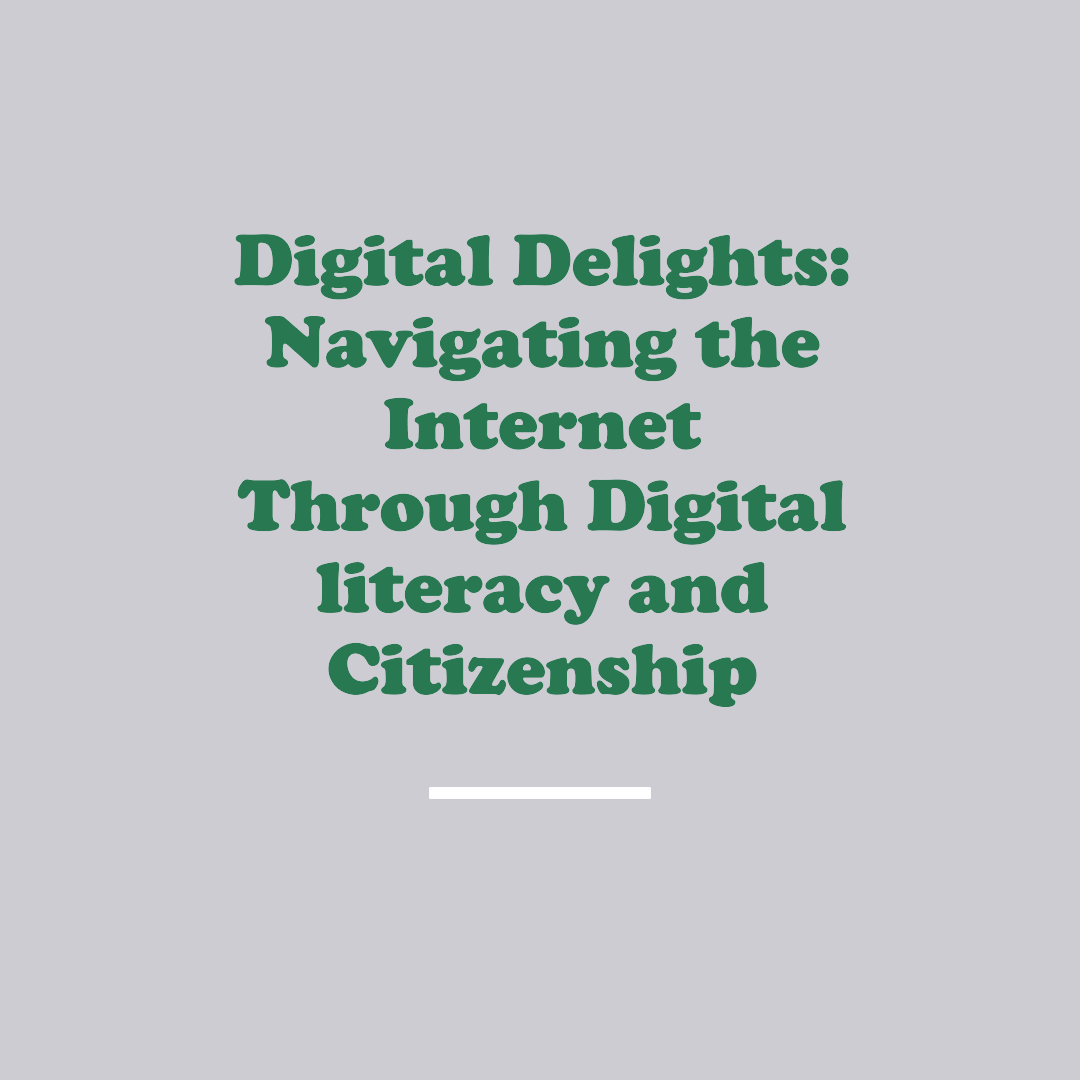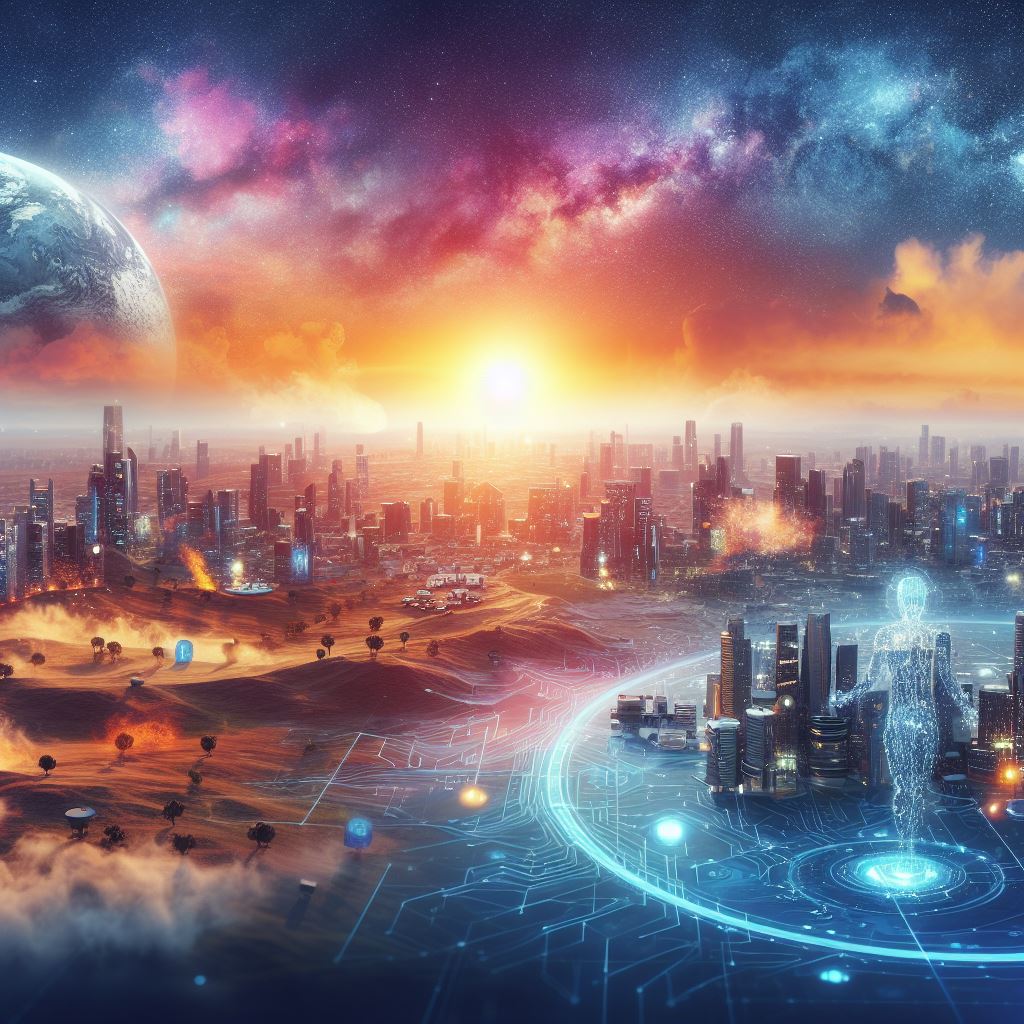The discipline of multimedia has seen a recent explosion in new inventions in the ever-evolving world of technology with the advent of AI. One example of such revolutionary technology is the capacity to transform text into videos. The digital community has reacted with curiosity and skepticism to this novel concept, raising the question: is text-to-video conversion the future of content creation?
Contrarily, turning text into video presents a fresh method for disseminating information that is captivating and fascinating. Rather than reading long articles, users may now watch interactive films that represent the topic visually. This is a visual medium that can draw in viewers and raise their grasp of the subject matter to a substantially higher level. Furthermore, text-to-video conversion increases accessibility by serving people who prefer audio-visual learning over traditional text-based formats.
Text-to-video conversion serves as a remarkable time-saving tool for content creators by revolutionizing the content creation process. Here’s an in-depth look at how these generators can be a game-changer.
1. Efficiency in Content Creation:
Text-to-video generators drastically reduce the time and effort traditionally spent on writing and editing articles. Content creators can bypass the laborious task of crafting extensive textual content and instead convert their ideas into dynamic videos. This streamlined approach allows for quicker production cycles, enabling creators to focus on refining their message and maintaining a consistent content schedule.
2. Broadening Audience Reach:
In addition to time savings, text-to-video conversion opens doors to a broader audience. Videos have a universal appeal, transcending language barriers and catering to diverse learning preferences. Businesses and educational institutions can leverage this advantage to convey messages more effectively to a global audience. The visual and auditory elements of videos enhance engagement, ensuring that the content resonates with a wider spectrum of viewers.
3. Enhanced Visual Communication:
Beyond time efficiency, text-to-video conversion facilitates more compelling and visually appealing communication. Videos have the power to convey complex information in a digestible format, making it easier for audiences to grasp intricate concepts. This visual richness not only saves time for content creators but also enhances the viewer’s experience, fostering better understanding and retention of the presented material.
However, like any other technological innovation, text-to-video conversion is not without its difficulties. Notably, there is a risk of losing the intricacies present in textual content. Let’s delve deeper into this concern and explore the disadvantages:
1. Loss of nuance and complexity:
Text often carries a depth of nuance that can be challenging to replicate in video format. The subtleties in language, tone, and context may not seamlessly translate into the visual medium. This loss of nuance can be particularly significant in fields that demand precision, such as legal documents, scientific papers, or literary works. The inability to convey the full richness of the original text may compromise the accuracy of the message and lead to a shallower understanding of complex topics.
2. Limited Customization and Personalization:
Another drawback of text-to-video conversion lies in the limited scope for customization and personalization. While text allows readers to interpret and engage with content at their own pace, videos follow a predetermined timeline. This lack of flexibility can be a disadvantage, especially when catering to diverse learning styles. Some individuals may prefer a slower pace to absorb information, while others may feel rushed, leading to a potential disconnect between the content and the viewer.
It’s crucial to recognize that while text-to-video conversion offers many advantages, it is not a one-size-fits-all solution. Striking a balance between the efficiency of video content and the depth of textual nuances becomes essential for content creators and organizations aiming to convey information accurately and comprehensively. Acknowledging these drawbacks empowers decision-makers to make informed choices based on the specific needs and nature of the content they are dealing with.
Conclusion
In conclusion, the choice of whether or not to convert text to video depends on the context and intended usage of the content. To be sure, it presents information in a novel way that attracts the attention of a large number of individuals. But the possible downsides—like losing detail and maybe becoming overloaded with information—must be carefully considered.
Prior to deciding whether to use text-to-video conversion or stick with traditional text-based formats, content producers and viewers must evaluate the specific needs and objectives of each project.
Essentially, text-to-video conversion has the power to completely transform both the creation and consumption of material. A fine balance must be struck between the need for innovation and the preservation of fundamental characteristics.
By doing this, we will be able to better utilize the technology’s potential to enhance communication and knowledge sharing in the digital age.
For more enticing articles like this, Click/tap here











